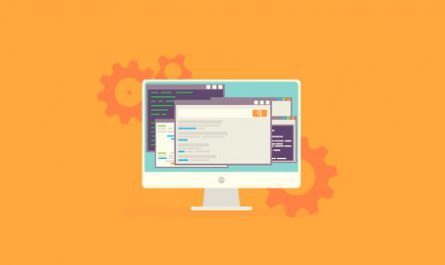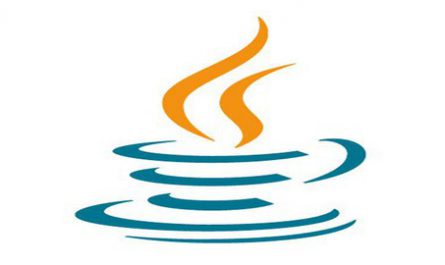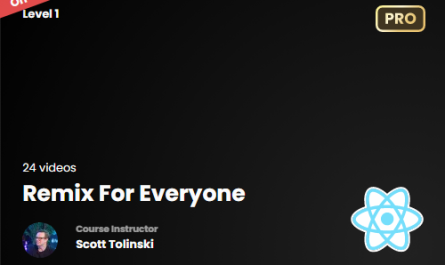
Description
If you are a PHP developer and you want to display your site in more than one language, then you need to learn how to internationalise your code. Offering your content in several languages will enable you to reach a larger audience.
*** TOTALLY REWRITTEN IN 2020 ***
Learn how to Internationalise your PHP code in this Comprehensive Course.
- Learn how to get the language from the URL
- Use international standards for identifying languages
- Build reusable code for handling multi-language sites
- Learn how to use the industry standard gettext
- Translate dynamic content including plurals and dates
- Translate content in databases
- Create a user-friendly interface for visitors
The essential skills required if you want to develop a multi-language website or web application in PHP.
Not everyone understands the same language. To reach a larger audience with your content, you need to display your content in more than one language. gettext has been the industry standard for translating content for many years. In addition to learning how to use gettext with PHP, we’ll learn how to offer the best experience for the international visitor.
Content and Overview
This course is designed for the PHP developer who currently has some content developed in one language. Learning the techniques on this course will enable you to internationalise your site, so you can display its content in multiple languages.
- Suitable for all PHP developers, you’ll start by learning the basics of internationalization (i18n) in PHP.
- You’ll learn best practices for getting the language code from the URL, and how to use it in your code.
- Throughout the course, we’ll build code that you can reuse in all your projects.
- You’ll learn how to use gettext, and also an alternative that overcomes its limitations.
- In addition to simple strings, you’ll learn how to translate plurals, numbers, dates and long strings of text.
- You’ll learn how to handle content in a database, along with how to handle images that contain text.
- All the time we’ll adhere to industry standards and best practices.
When you complete the course you’ll be able to internationalise your PHP code, allowing you to display your content in more than one language.
Complete with all the code shown in the lectures, you’ll be able to work alongside the instructor and will receive a verifiable certificate of completion upon finishing the course.
Also, at all times throughout the course you have access to the instructor in the Q&A section to ask for help with any topic related to the course.
Enrol now and add internationalization to your PHP skillset!
Who this course is for:
- PHP developers that want to make their site’s content available in more than one language
Requirements
- You must know PHP, including the basics of object-oriented code
- You need to know the basics of using Composer to install packages
- Ideally have a web server with PHP and Composer installed, but a brief overview of installing these will be covered
Last Updated 5/2020
Download Links
Direct Download
Multi-language PHP: internationalisation for PHP developers.zip (759.2 MB) | Mirror


